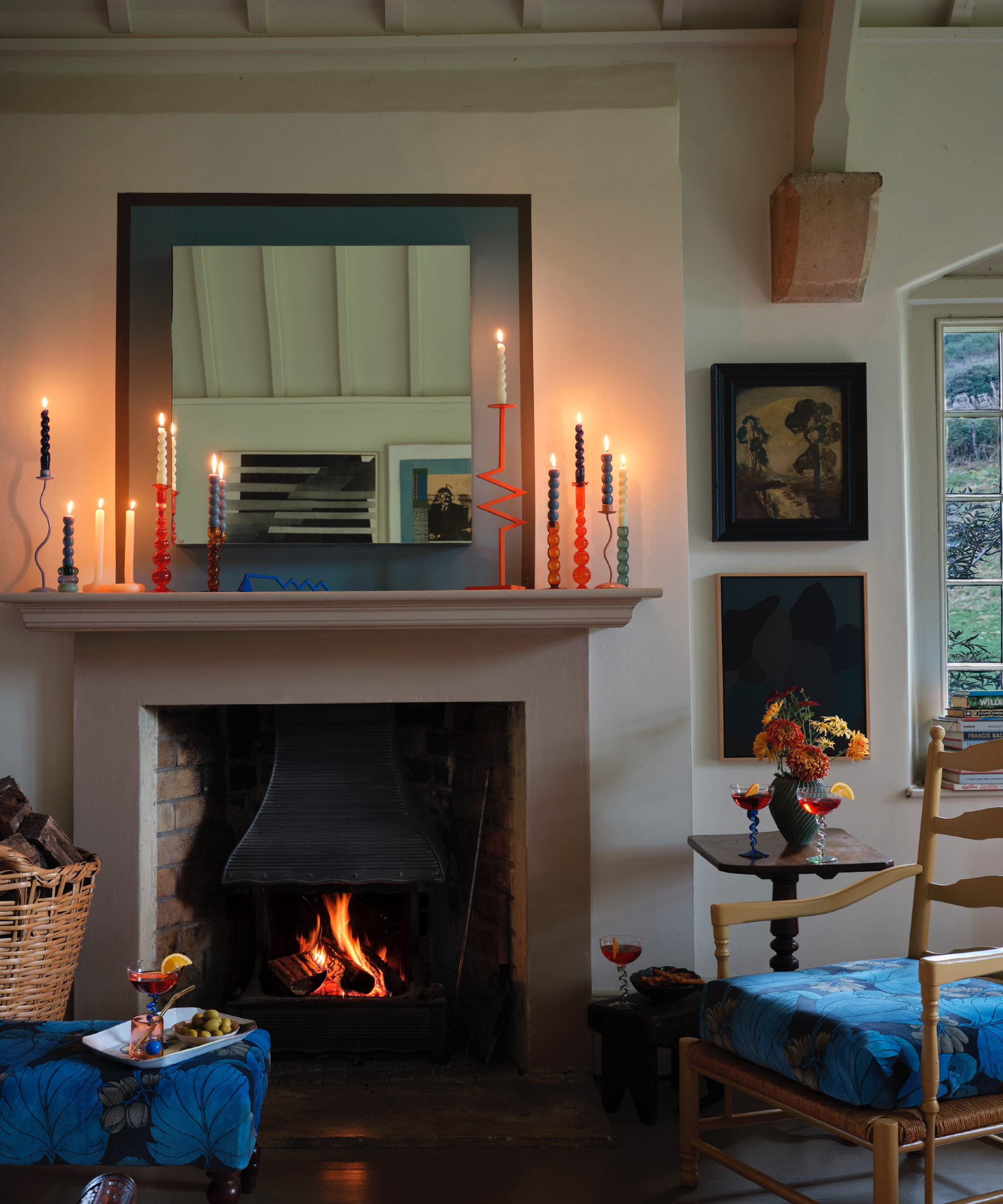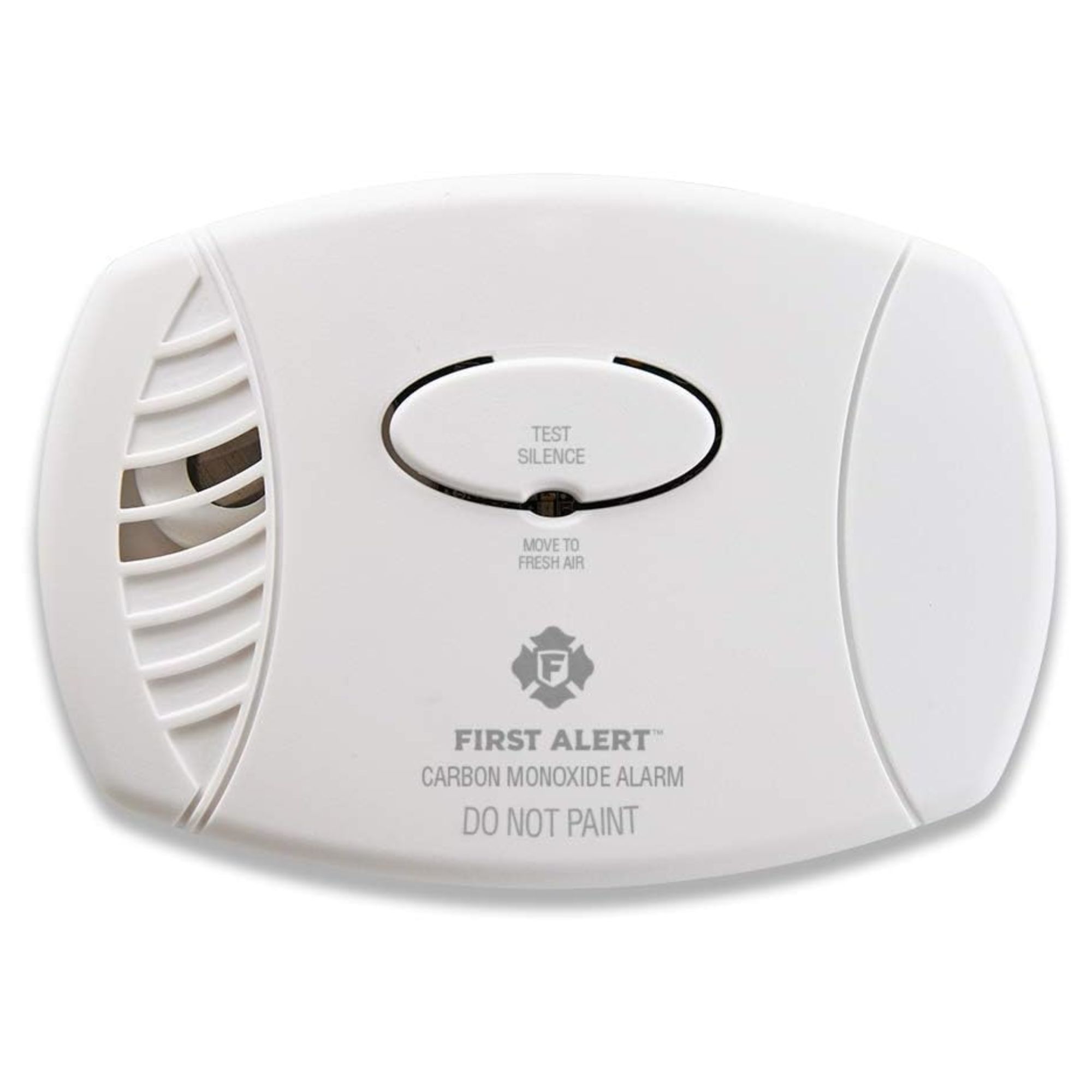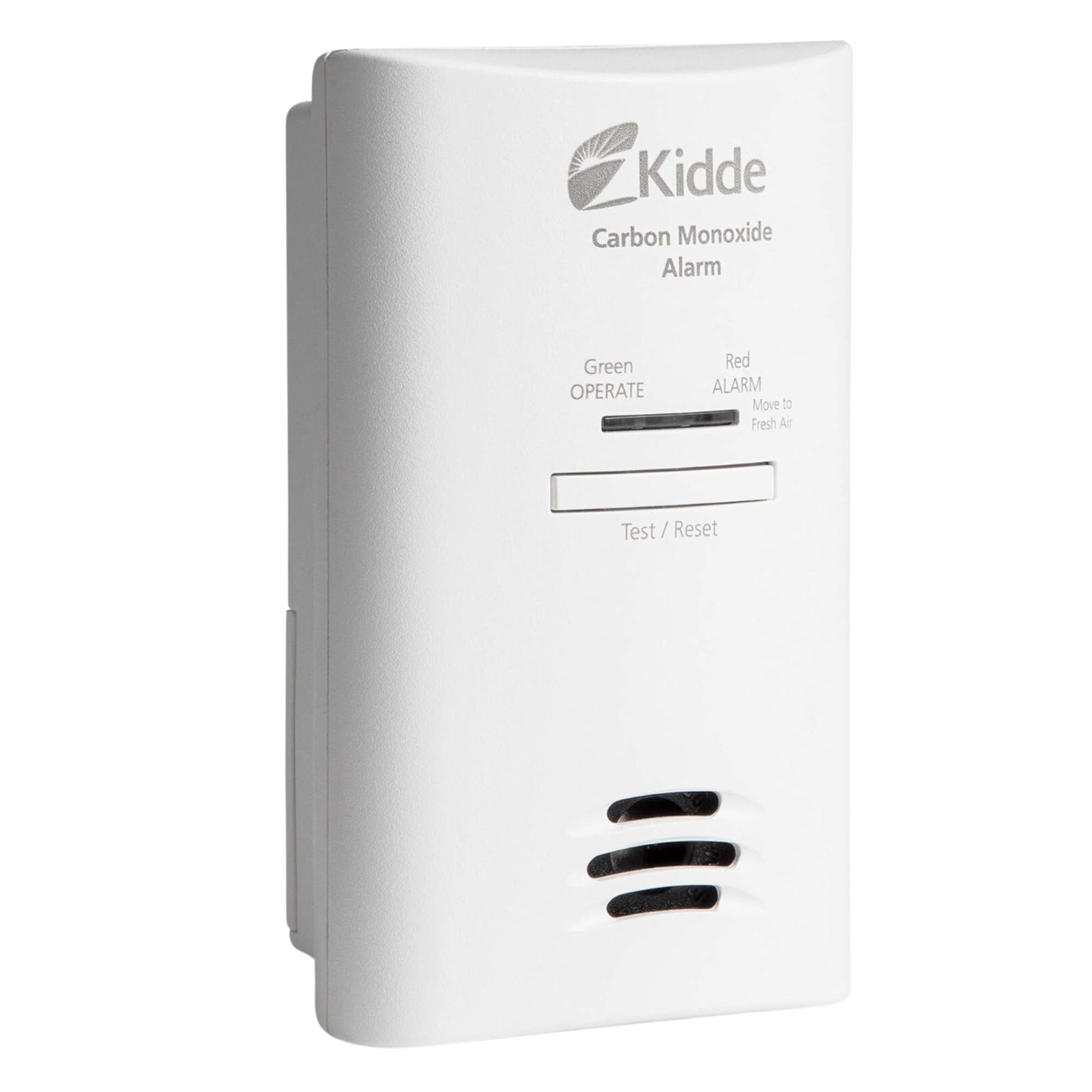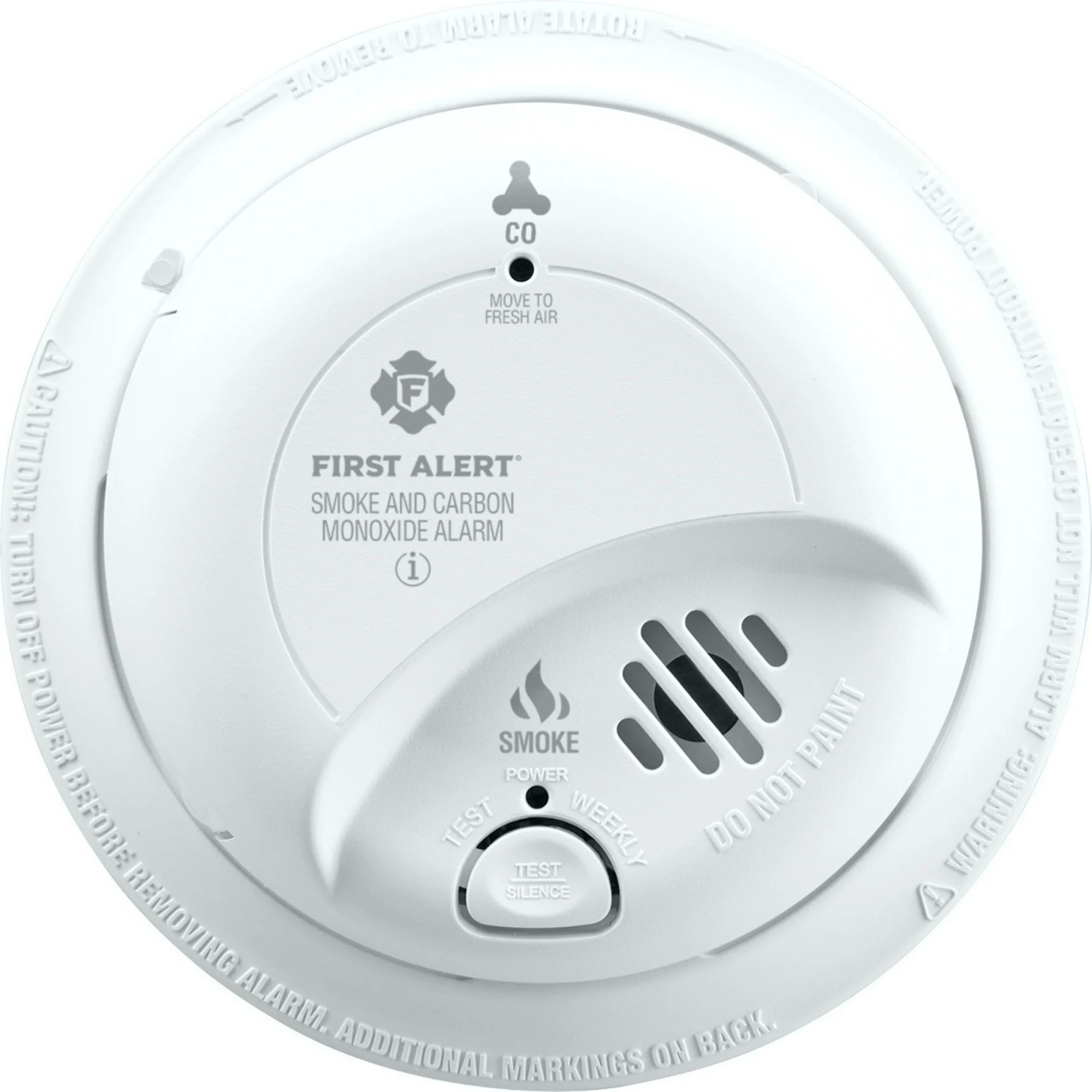
A carbon monoxide alarm is a crucial safety feature of any home, to audibly alert you of otherwise undetectable – and deadly – carbon monoxide leaks.
As a colorless and odorless gas, there is really no other way of preventing carbon monoxide poisoning, so it's undoubtedly important to have a carbon monoxide alarm fitted – and to know where to install it when doing so.
Here, we spoke to construction and HVAC experts for their tips on getting it right, to protect yourself even when there are no indicative smells that could be a sign of danger in your home.
Where to install carbon monoxide alarms
What is carbon monoxide alarm?

As simple as it sounds, a carbon monoxide alarm is a small detector that is affixed to a wall or ceiling and sets off a loud alarm in the event of carbon monoxide detection.
Dubbed 'the silent killer,' the WSU Energy Program asserts that approximately 200 people die in the US each year due to carbon monoxide (CO) poisoning, while studies from Carbon Monoxide Awareness Week 2024 have shown that having a detector installed can reduce the risk of fatality by up the 50 percent.
Therefore, having one installed correctly is of utmost importance, whether you hire a handyman, choose to do so yourself, or use a battery-powered option, which can simply sit on a shelf.
All prices are correct at the time of publication.

This detector has a battery backup, meaning it will continue to monitor carbon monoxide levels in the air even in the event of a power failure. It has a seven-year warranty and will sound a chirp when it's time for replacement.

This detector simply plugs into a standard power outlet, meaning it is simple to install. An 85-decibel alarm will sound if any carbon monoxide is detected, with a peak level memory to record when the unit was last tested.

This detector uses intelligent sensing technology, to accurately alert you to the presence of both smoke and carbon monoxide. The electrochemical carbon monoxide detector is the most accurate available when compared to traditional models.
Where to install carbon monoxide alarms

So, where should carbon monoxide alarms be installed?
Lucas Moncado, co-owner and master electrician at Brooks Electrical Solutions, advises, 'With over two decades in the electrical field, I've dedicated my career to enhancing home safety and efficiency. A common mistake is placing alarms solely near potential sources, like kitchens, but it's crucial to install them near sleeping areas because CO is odorless, and can accumulate while you're asleep.'
In terms of placement, Moncado notes that many people often place alarms high up, but that they should actually be roughly between knee to head level, as CO mixes with air at that height. According to The United States Environmental Protection Agency (EPA), this means your detector should be roughly five feet off the floor, at about eye level. Therefore, it's best to keep your carbon monoxide alarm off the ceiling, as Moncado adds, 'prioritizing strategic placement maximizes safety.'
You should also endeavor to have a carbon monoxide alarm on every floor and don't forget about including one in your garage shelving ideas, either, which is one of the things most of us get wrong. Additionally, be careful not to install alarms too close to any fuel-burning appliances, like any wood burner ideas, for example, which may lead to false alarms. On the flip side, placing them too far away from any CO sources will diminish their effectiveness. Accordingly, it's crucial to consider all of these factors when installing your own, or having one fitted.
If your alarm does sound, UL Solutions advises immediately evacuating your home and moving to a fresh air location, ideally outside. Call the emergency services and do not re-enter the premises – carbon monoxide poisoning may not present any symptoms, so never ignore the alarm.
How often should carbon monoxide alarms be tested & replaced?

Much like knowing how often you should test your smoke detector, it's important to regularly check your carbon monoxide alarm to ensure it is working correctly. While carbon monoxide is not one of the most common fire risks in your home, it does still pose potential risks, as well as being deadly in its own right.
David Shepherd, construction expert at Reliable Roofing & Restoration, says, 'A regular maintenance schedule for your alarms is vital. Monthly testing and changing units every 5-10 years should be the norm, alongside annual battery replacements.'
To test your carbon monoxide alarm, press and hold the test button until it sounds, to indicate it is on and working. Always check the specific manual for your model to ensure this is done correctly.
FAQs
Does carbon monoxide rise or sink?
The reason carbon monoxide is so deadly is that it does not particularly rise or sink, and instead mixes evenly with the air in the room, as it has a similar density.
However, it may rise with warm air, particularly when using any home heating type in winter, which is why it is important to have detectors on each level of your home.
Is it better to have separate smoke and carbon monoxide detectors?
When it comes to choosing separate or interconnected varieties, your safest solution is using a combination of detectors around your home for complete protection. You may also want to consider investing in one of the smart home must-haves, such as the Google Nest Protect - Smoke Alarm – Smoke Detector and Carbon Monoxide Detector available at Amazon, which will send you phone alerts even when away from home.
Can I leave a space heater on overnight? Experts warn that, if using a fuel-burning space heater, poses a risk of carbon monoxide poisoning. Instead, stick to the best type of space heater for safety, and make sure you know where to place it overnight.
!["[T]he First and Fifth Amendments Require ICE to Provide Information About the Whereabouts of a Detained Person"](https://images.inkl.com/s3/publisher/cover/212/reason-cover.png?w=600)






